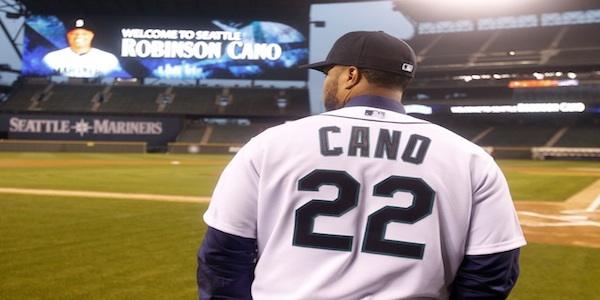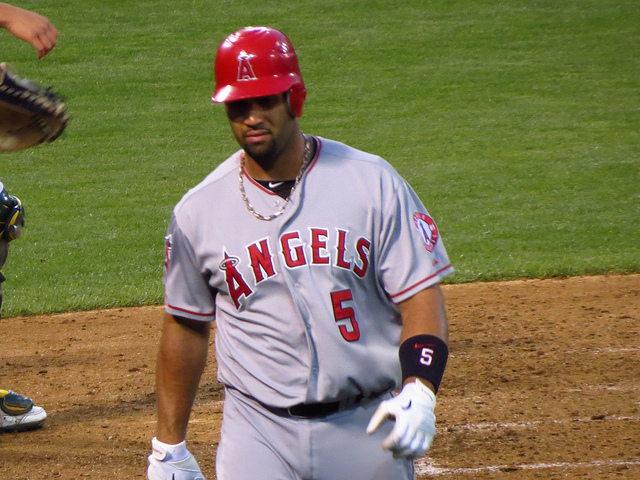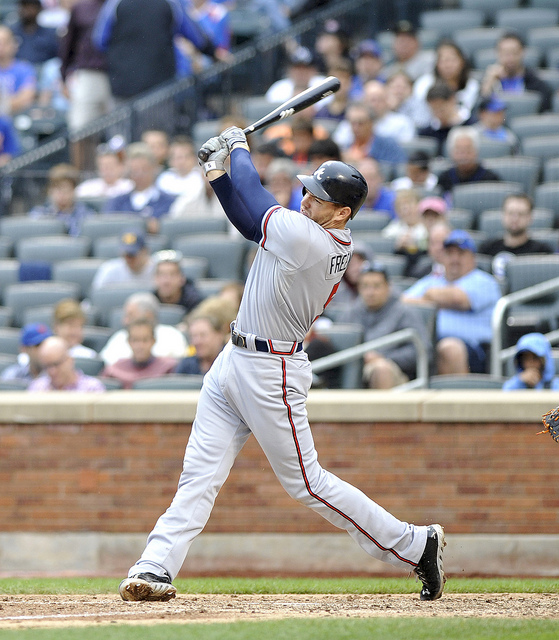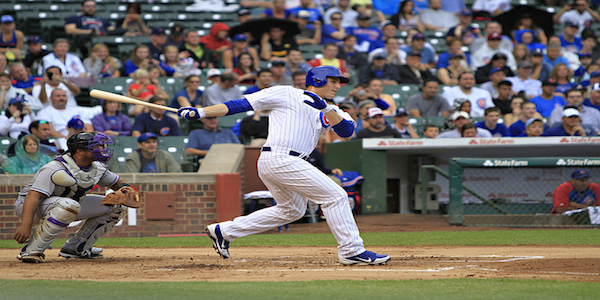2014 Fantasy Baseball: 1B Rotters and Sleepers — Albert Pujols
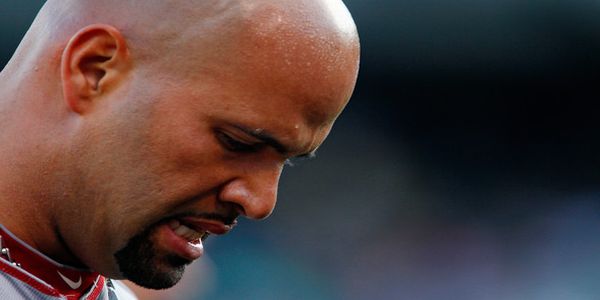
For those joining the game late, rotters vs. sleeper is a series I began last year at this time. The whole idea is that there are a collection of players that we find proverbially unconscious in the woods. Some of them just suffered from a bad season or two and are prepared to bounce back in a big way. Others are not unconscious at all. They are dead and their corpse is rotting. In early March, it can be hard to know the difference between the two.
It wasn’t so long ago when Albert Pujols was the first overall pick in the draft. It’s funny how an organization like the Angels can have three players that either were or are consensus first round fantasy selections in their offense and still they were not able to get to the playoffs in either of the past two seasons. It’s funny, but we fully expect to see Josh Hamilton on this list when we get to outfielders.
The question with Pujols is whether we are witnessing the inevitability of aging or whether there is something else going on. He missed significant time for the first time in his career last season, so it makes you wonder if his previous struggles stemmed from a lingering issue that was solved when they shut him down. At least, that is what Angels fans are hoping for.
|
AVG |
HR |
Runs |
RBI |
SB |
|
| 2011 |
.299 |
37 |
105 |
99 |
9 |
| 2012 |
.285 |
30 |
85 |
105 |
8 |
| 2013 |
.258 |
17 |
49 |
64 |
1 |
To fully appreciate what is going on here, we must go further back than this. Before 2011, Pujols was the consensus number one fantasy player for nearly a decade. This was especially true once Barry Bonds retired and Alex Rodriguez began to break down more often. 2011 saw the beginning of the decline and had the Angels been smarter, they would have seen that before offering him the ARod like contract. Unlike some of the other guys we have looked at, you can see a significant decline in his plate discipline numbers.
|
SO% |
BB% |
OSwing |
Contact |
BABIP |
|
| 2011 |
8.9 |
9.4 |
31.8 |
86.6 |
.277 |
| 2012 |
11.3 |
7.8 |
36.4 |
84.8 |
.282 |
| 2013 |
12.4 |
9.0 |
34.3 |
82.9 |
.258 |
Again, if we go back further than 2011 we will immediately see the difference between the invincible Albert Pujols and the more human version. Pujols routinely swung at fewer than 20 percent of balls outside the zone during his prime. That reached a career high of 36.4 percent in 2012. That doesn’t seem to be responsible for the low BABIP (as that has been a Pujols hallmark throughout his career), but it has affected his walk rate. As you can see from the above, it is also steadily increasing his strikeout rate as well.
The million dollar question is why he is swinging at more balls outside the zone. Is he not recognizing those pitches like he used to or is he simply trying to do too much to justify his contract? The answer to that question is the answer to whether Pujols is a sleeper or a rotter. Perhaps his batted ball numbers will shed some more light on the issue.
|
LD% |
GB% |
FB% |
HR/FB |
ISO% |
|
| 2011 |
17.0 |
44.7 |
38.3 |
18.3 |
.242 |
| 2012 |
18.8 |
41.3 |
39.9 |
14.0 |
.231 |
| 2013 |
19.8 |
38.2 |
42.0 |
11.8 |
.179 |
Looking at batted ball data is always a fascinating proposition. What we see above is that Pujols is evolving into what we might call a normal baseball player. On the positive end, his line drive rate always seemed rather low. This is especially surprising for someone that could be called the best offensive player since 2001. Seeing it increase to nearly 20 percent puts him around the league average for the first time in years. Yet his home runs per fly ball rate is also dropping from one of the highest in the league back towards the league average. Those two are canceling each other out and creating the look of a normal baseball player.
When you combine his batted ball elements and plate discipline elements together you get a player that is clearly in his decline phase. Angels fans won’t want to hear that, but there is a reason why the Cardinals didn’t break the bank to keep him. After a while, it became evident that he was being paid for what he had done and not for what he would do. For you, that means a player that likely would produce 30/100/100 type numbers. That’s good, but it isn’t first round numbers anymore. In fact, there are probably four or five first basemen that can produce those numbers fairly easily. As long as you limit your expectations of Albert Pujols, then you will be happy with his production. There is nothing more insidious in fantasy sports than the memory of a great player.



